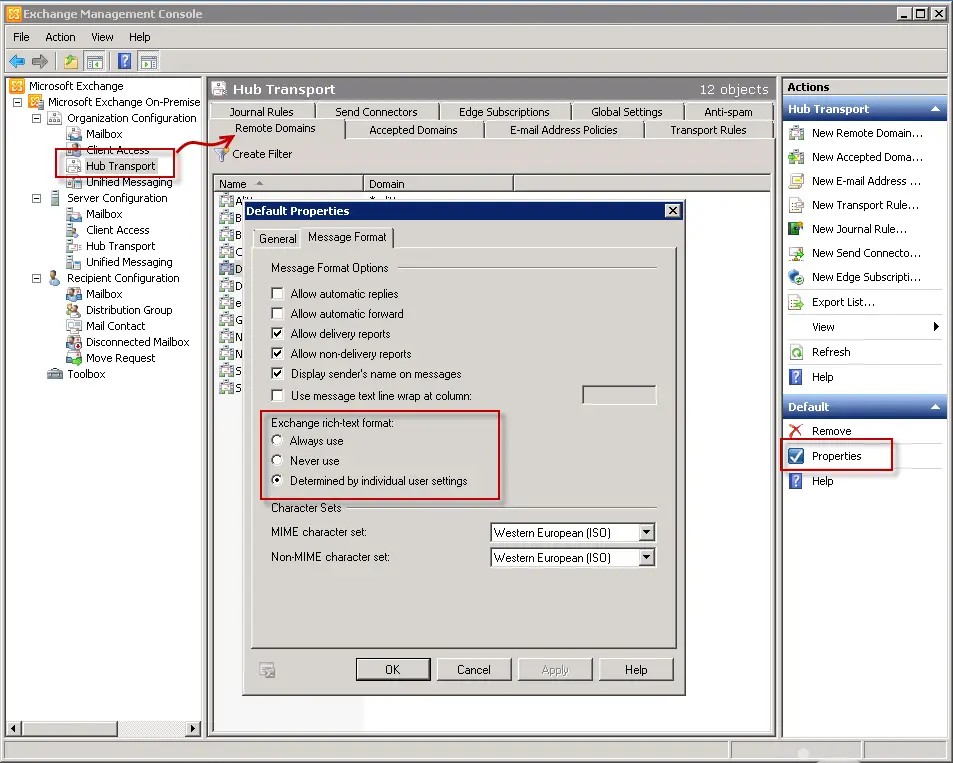

- EXCHANGE MANAGEMENT CONSOLE 2010 DOWNLOAD 32 BIT INSTALL
- EXCHANGE MANAGEMENT CONSOLE 2010 DOWNLOAD 32 BIT UPDATE
The first thing when you are planning is the order to apply Service Pack 3 on your servers. Order to apply the Service Pack 3 and a few hints…
EXCHANGE MANAGEMENT CONSOLE 2010 DOWNLOAD 32 BIT UPDATE
That is just great… but Version and Build are all Greek to me, what should I do? No worries, if you are not sure which Service Pack and/or Rollup Update you have in your environment the Build Numbers can be scary at first glance, but using this page you can easily match the building number with the Service pack/Rollup Update. You can check out the current servers by clicking on Server Configuration (Figure 01) or running Get-ExchangeServer cmdlet (Figure 02). In our article scenario we have 2 (two) servers with the Client Access and Hub Transport role and 2 (two) servers running Mailbox role in a DAG while all servers are running Exchange Server 2010 Service Pack 1. You may find yourself in one of the tests that we perform throughout this article series. Our scenario is simple and provides for great flexibility to test all possible scenarios.

EXCHANGE MANAGEMENT CONSOLE 2010 DOWNLOAD 32 BIT INSTALL
Besides the transition capabilities we can also install it on Windows Server 2012 (new deployments only, it is not supported on OS upgrades) and support for Internet Explorer 10. The Exchange Server 2010 Service Pack 3 is a milestone in the product because that is the basic requirement to allow a transition from Exchange Server 2010 to Exchange Server 2013 CU1. In this article series we are going over the step-by-step process to upgrade your servers running Exchange Server 2010 to new Service Packs and Rollup Updates using either GUI (graphical user interface) or command line. If you would like to read the next part in this article series please go to Applying Service Pack and Rollup Updates on Exchange Server 2010 (Part 2).


 0 kommentar(er)
0 kommentar(er)
